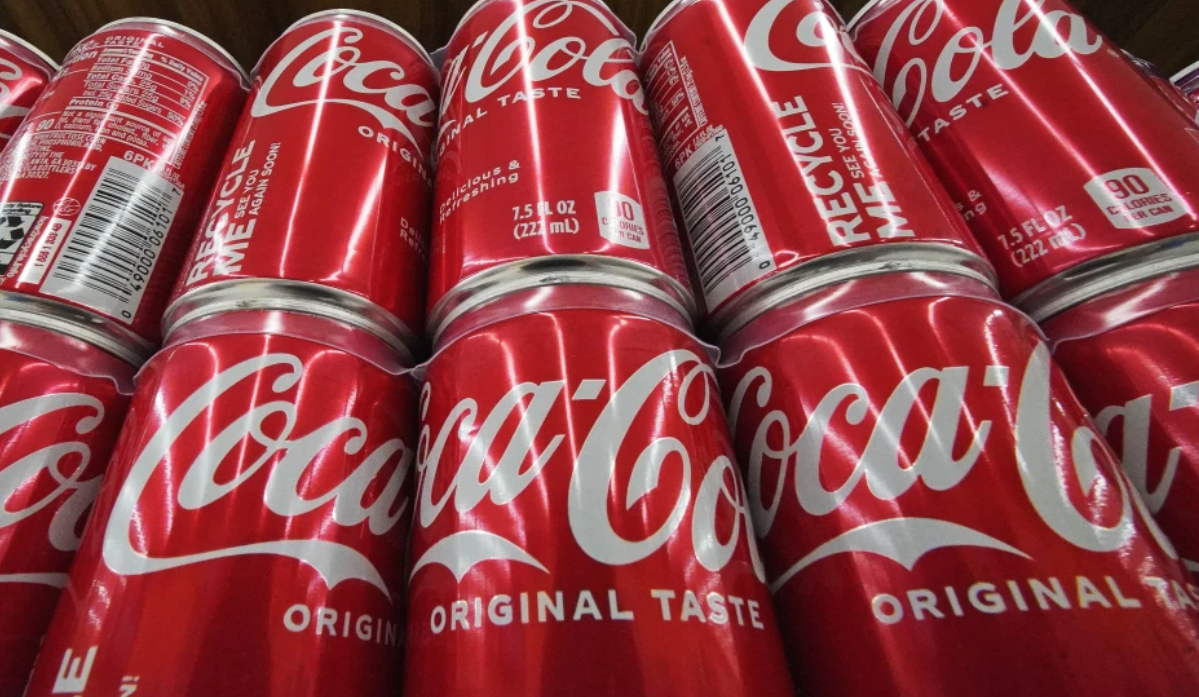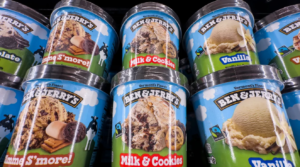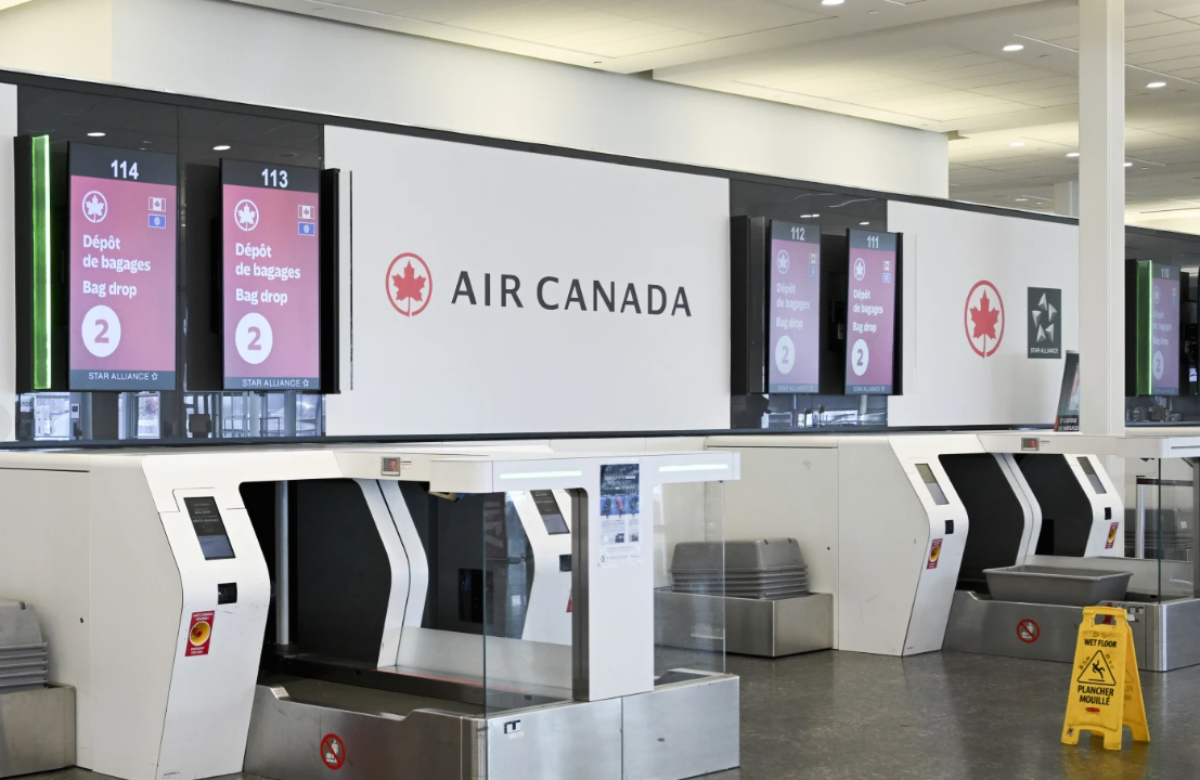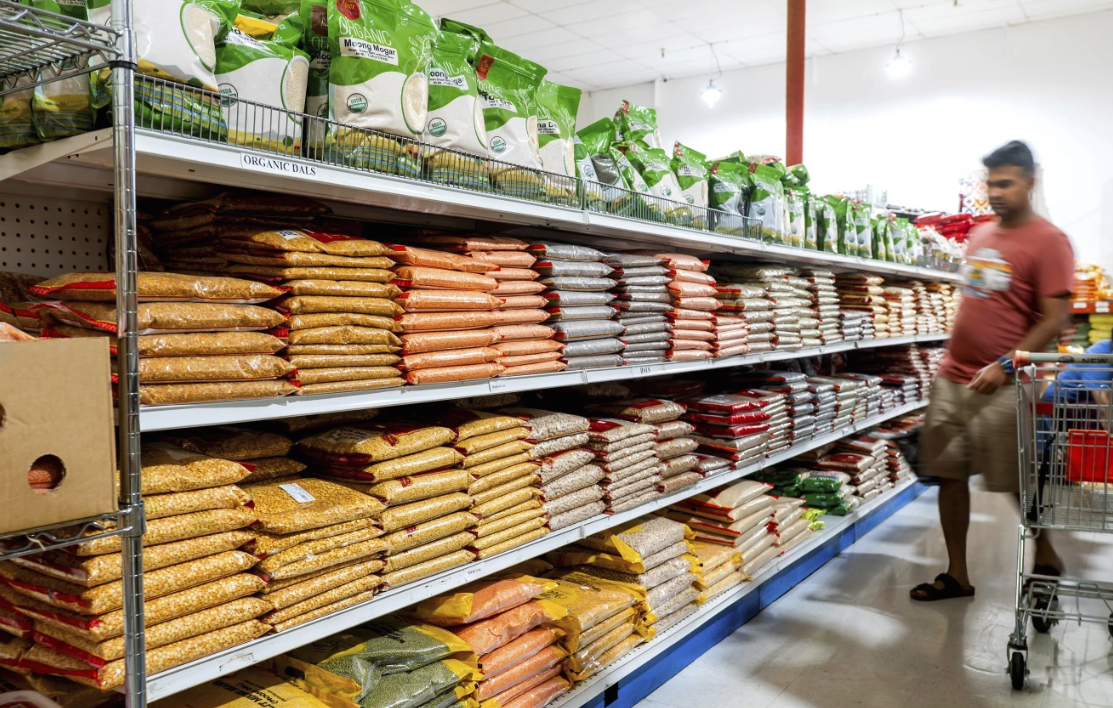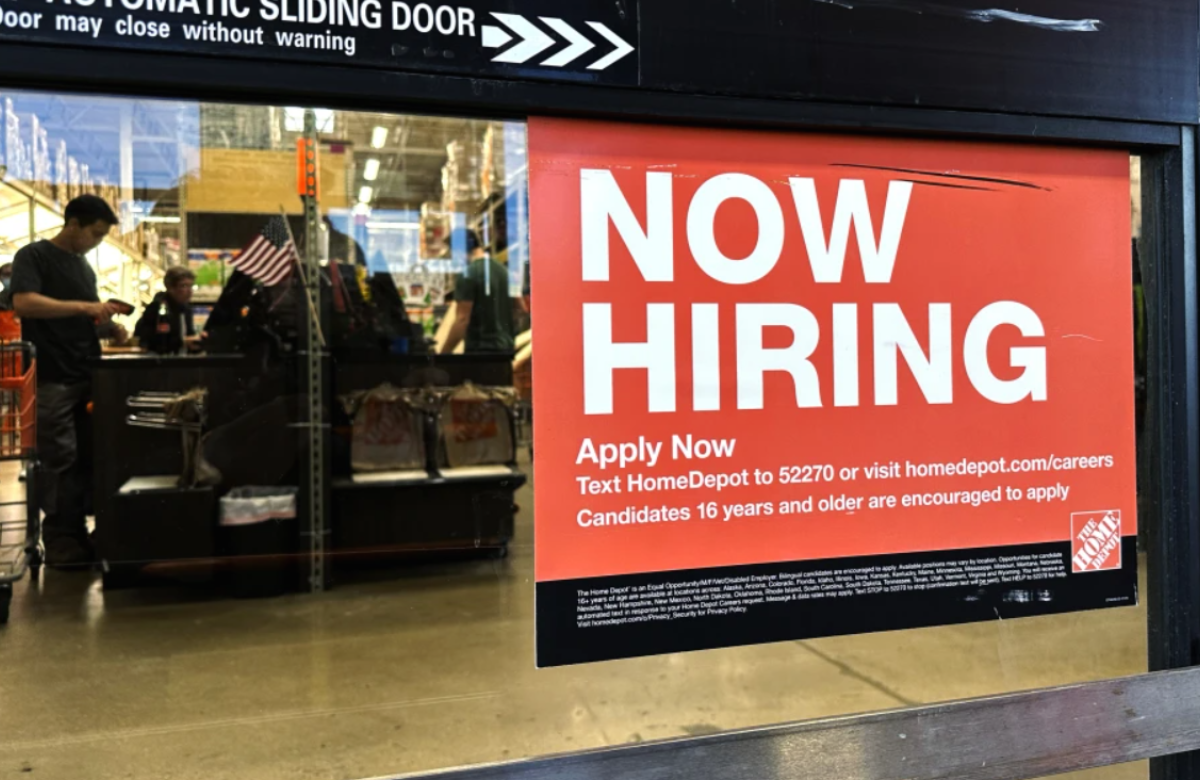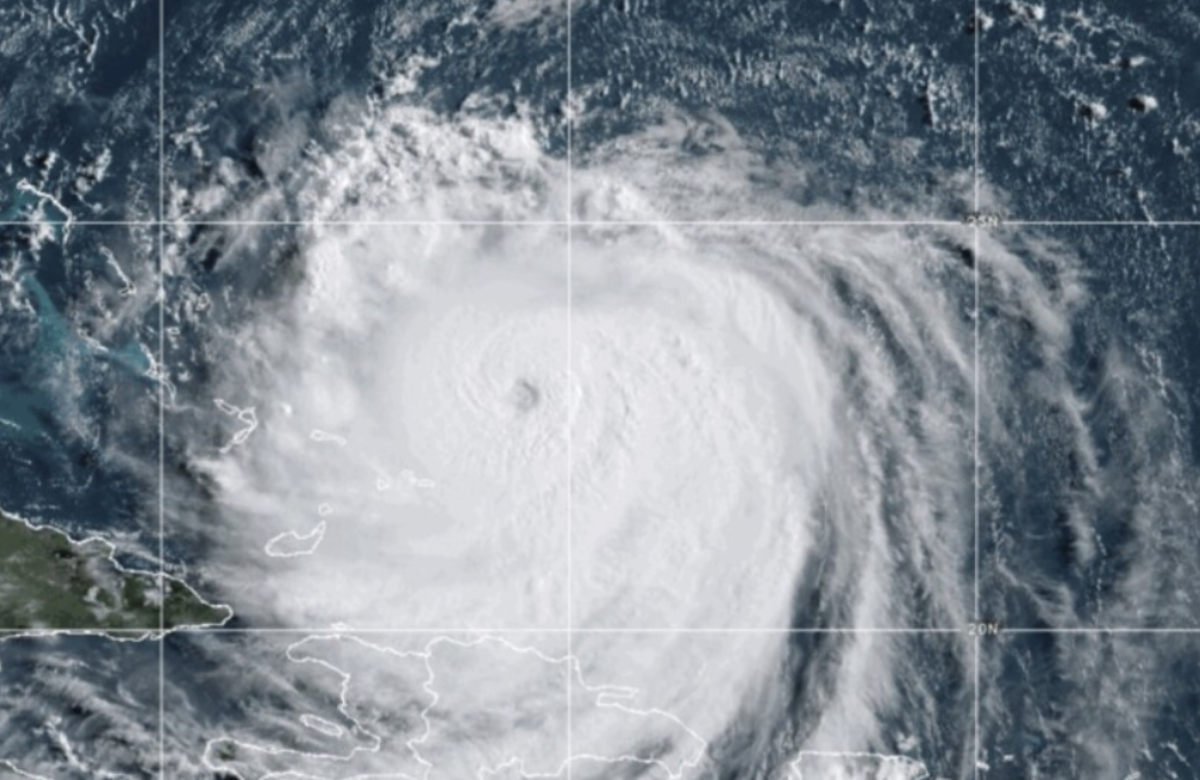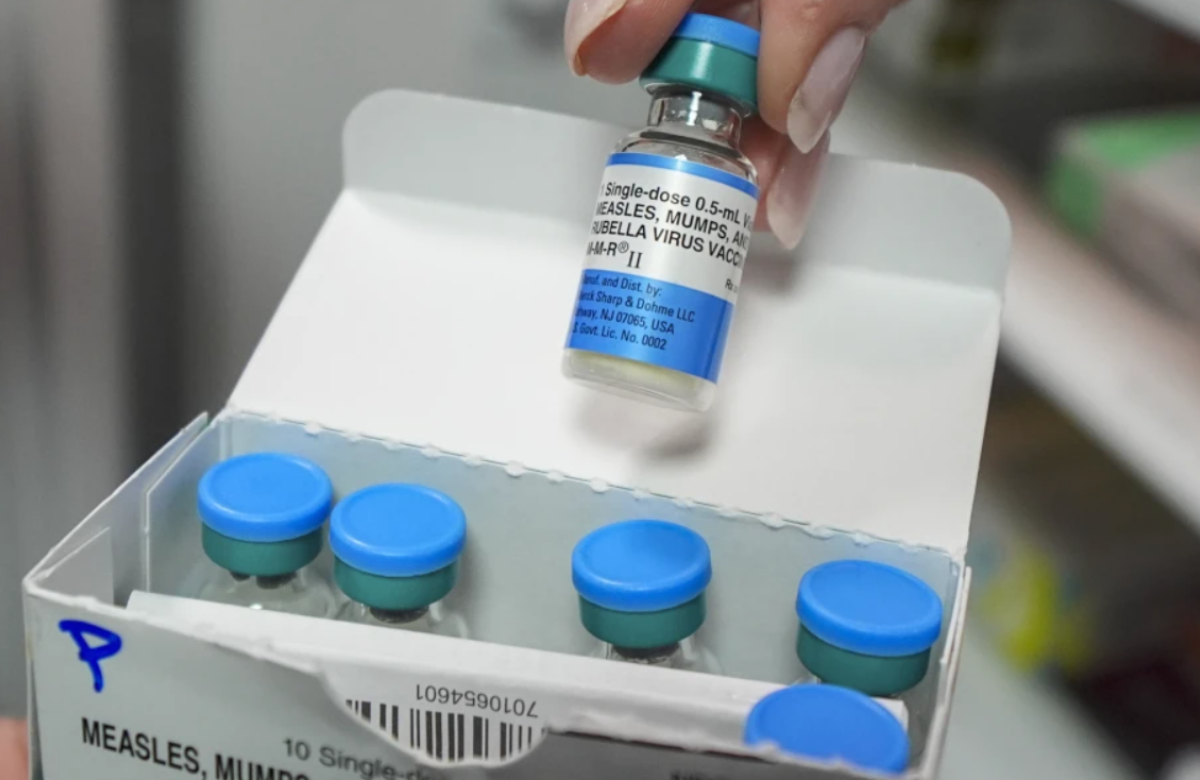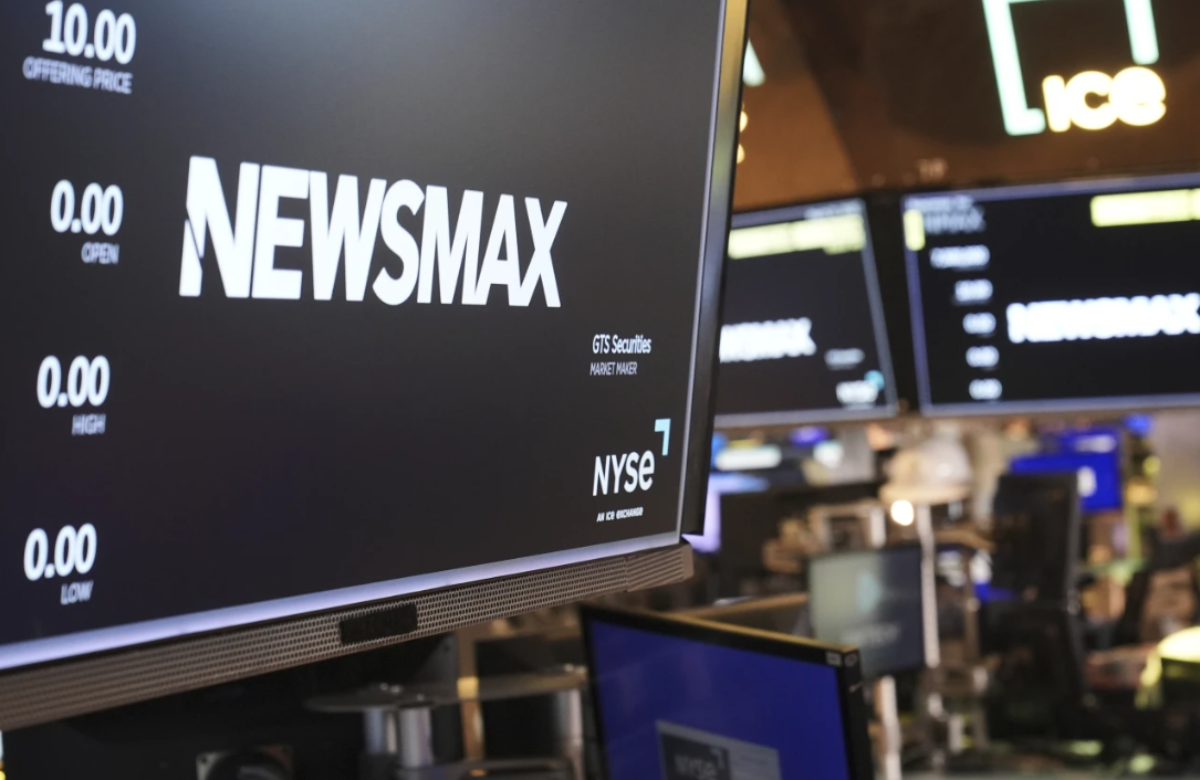Coca-Cola expressed confidence on Tuesday that it can manage the impact of the Trump administration’s aluminum tariffs by adjusting its supplier strategy and relying more on plastic bottles and other alternatives.
Coca-Cola’s Chairman and CEO, James Quincey, stated during a conference call with investors that while the tariffs will add some cost, they will not drastically affect the company’s U.S. business. He emphasized that the company will manage the costs effectively, although it would be better not to face the tariffs.
The Trump administration raised the tariff on aluminum imports from 10% to 25% on Monday, creating some uncertainty, although Coca-Cola’s fourth-quarter earnings report exceeded expectations.
Coca-Cola saw a 2% increase in unit case volumes in the October-December period, recovering from a 1% drop in the previous quarter. Analysts had expected a smaller increase of less than 1%.
Coca-Cola’s revenue increased by 6%, reaching $11.5 billion, surpassing analysts’ expectations of $10.68 billion.
James Quincey, the company’s CEO, mentioned that special edition products like Sprite Winter Spiced Cranberry, Fanta Beetlejuice, and Oreo-flavored Coke helped boost sales during the fourth quarter. He also hinted that more innovative products are set to be launched this year, including Coca-Cola Orange Cream, which is now available for sale in the U.S. and Canada.
Coca-Cola experienced improved sales in regions where it had previously faced challenges, such as China and the Middle East. McDonald’s also reported stronger sales in the Middle East during the fourth quarter.
Coca-Cola Zero Sugar saw significant global growth, with case volumes increasing by 13%. Volumes for water, coffee, tea, and sports drinks were up 2%, while juice, dairy, and plant-based drink volumes declined by 1%.
The company raised prices by 9% during the quarter, partly due to high inflation in markets like Argentina. Additionally, the price hike was influenced by the sale of more premium products, such as Fairlife milk and Topo Chico sparkling water.
James Quincey mentioned that some lower-income consumers in the U.S. and Western Europe reduced their spending last year and might continue to do so this year. However, he noted that overall global demand remains strong.
Quincey expressed confidence in the stability of the global consumer environment, pointing out solid economic growth worldwide.
To make its products more accessible, Coca-Cola has introduced smaller pack sizes and refillable bottles.
Coca-Cola’s net income rose by 11%, reaching $2.2 billion for the October-December period. After adjusting for one-time items, the company earned 55 cents per share, surpassing analysts’ expectations of 52 cents.
For 2025, Coca-Cola anticipates organic revenue growth of 5% to 6%. Last year, the company saw a 12% increase in organic revenue.
Coca-Cola’s stock price rose nearly 4% in early trading on Tuesday.
